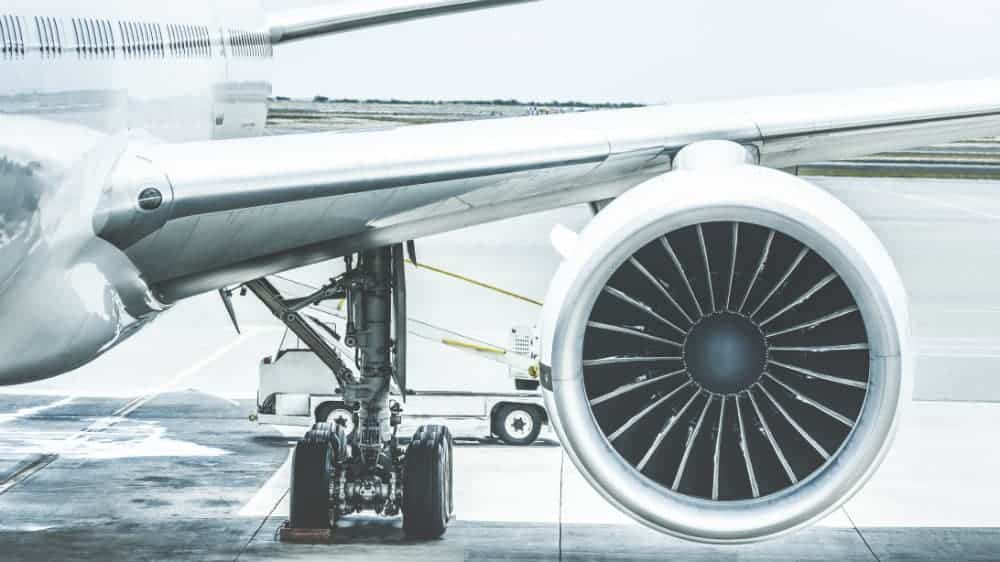Airlines’ worst nightmare came to reality, as they reported billions of dollars in losses. Their losses were three times their revenue, as they burned cash during the COVID-19 pandemic lockdown. Air Canada (TSX:AC) reported its worst quarterly earnings to date.
AC’s stock plunged 6% after the airlines reported $1.75 billion in net loss for the second quarter, even after halving its operating expenses. This has widened its net loss to $2.8 billion in the first half of the year, wiping away almost 80% of its last three years’ combined profit of $3.55 billion. It will continue to report losses throughout the year, while it significantly reduces capacity as per the demand.
Three key takeaways from Air Canada’s second-quarter earnings
Air Canada’s second-quarter earnings don’t come as a surprise, as the airline had already warned that it will ground 90% of its capacity in the second quarter. The Canadian government has extended international travel restrictions to August 21. When an aircraft is banned from flying, it becomes a liability more than an asset. There is a huge cost to park and maintain aircraft.
Throughout the second quarter, AC burnt $20 million in cash every day to pay for the fixed cost of its aircraft and employees. The airline made many difficult decisions to keep itself afloat and survive global travel restrictions.
Liquidity
The first step to reducing cash burn is to have cash. AC raised $5.5 billion capital in the second quarter to increase its unrestricted liquidity to $9.12 billion compared to $6.5 billion in the first quarter. The remaining $3 billion of the amount it raised went into the cash burn. Now, the next step is to reduce the cash burn so that AC can sustain this $9 billion liquidity for the longer-term.
Expenses
AC halved its operating expense to $2 billion in the second quarter. But even $2 billion operating expense is four times its current revenue, which is $527 million. Hence, the company is doing some permanent restructuring as per the renewed capacity. It has increased its cost-cutting program from $500 million to $1.3 billion. It has slashed 20,000 jobs, or 50% of its workforce in June, thereby reducing its fixed cost on employees.
Capacity
Another major permanent reduction AC has done to slow cash burning is retire 79 of its aircraft, or more than 30% of its overall fleet. It might cancel or suspend orders for Airbus A220 or Boeing 737 Max planes if the need arises.
AC has reduced its network capacity by 92%. It has suspended some domestic routes and is flying international in only five airports abroad. All flights to the U.S. are suspended until August 21, which is half the third quarter. As the economy gradually reopens, the travel ban eases, and people start flying again, the airline plans to increase flights in the fall.
Is Air Canada stock a buy?
AC stock is down 70% year to date as the travel situation is beyond the airline’s control. Airlines don’t expect the travel to return to the pre-pandemic level before three years. That is a long time when you are burning cash in millions. Its current priority is to survive and reduce its losses.
Even though the stock is trading at its 2017 levels, it will take at least three years for the share price to show some meaningful surge. Three years is a decent time for your investment to show some growth. Instead of investing your money in AC, where its chances of growth are low, you can look for other growth stocks.
If you want to invest in airlines only, then Cargojet (TSX:CJT) is a good option. This airline supplies cargo across international borders. It is resilient to the pandemic. The pandemic increased the demand for international cargo.
If you had invested $10,000 in Cargojet at the start of 2018, your money would have almost tripled to $28,000. If you had invested the same amount in AC, your money would have reduced to $6,000.









